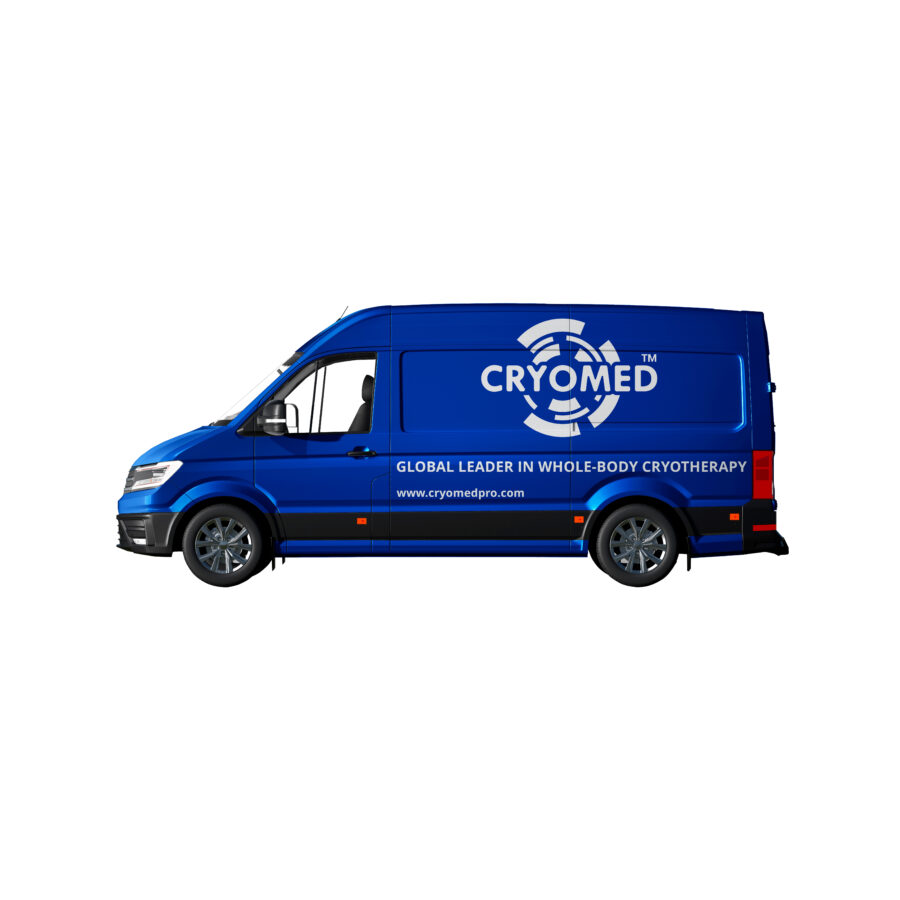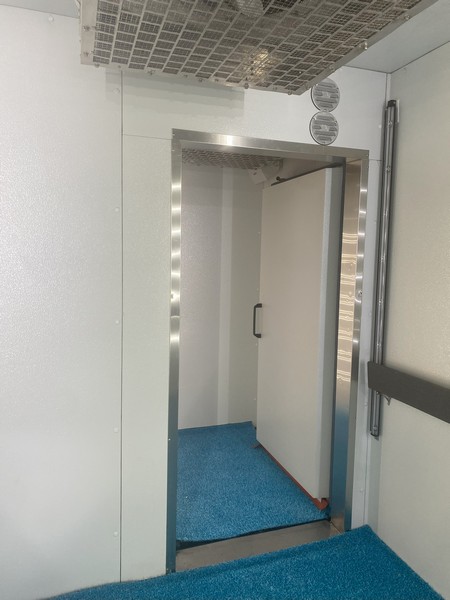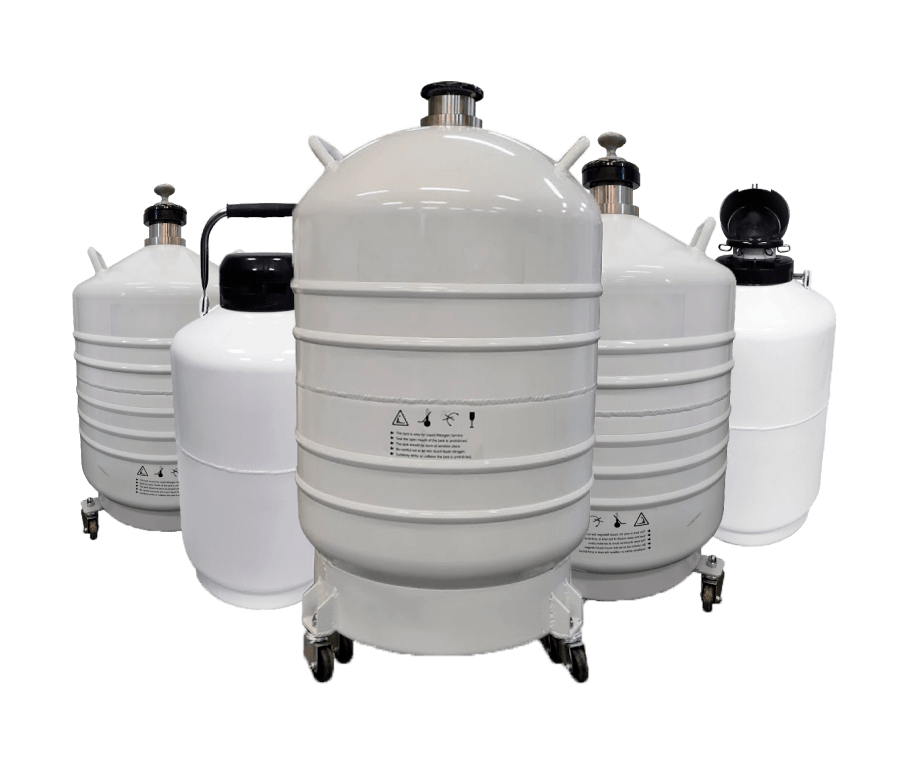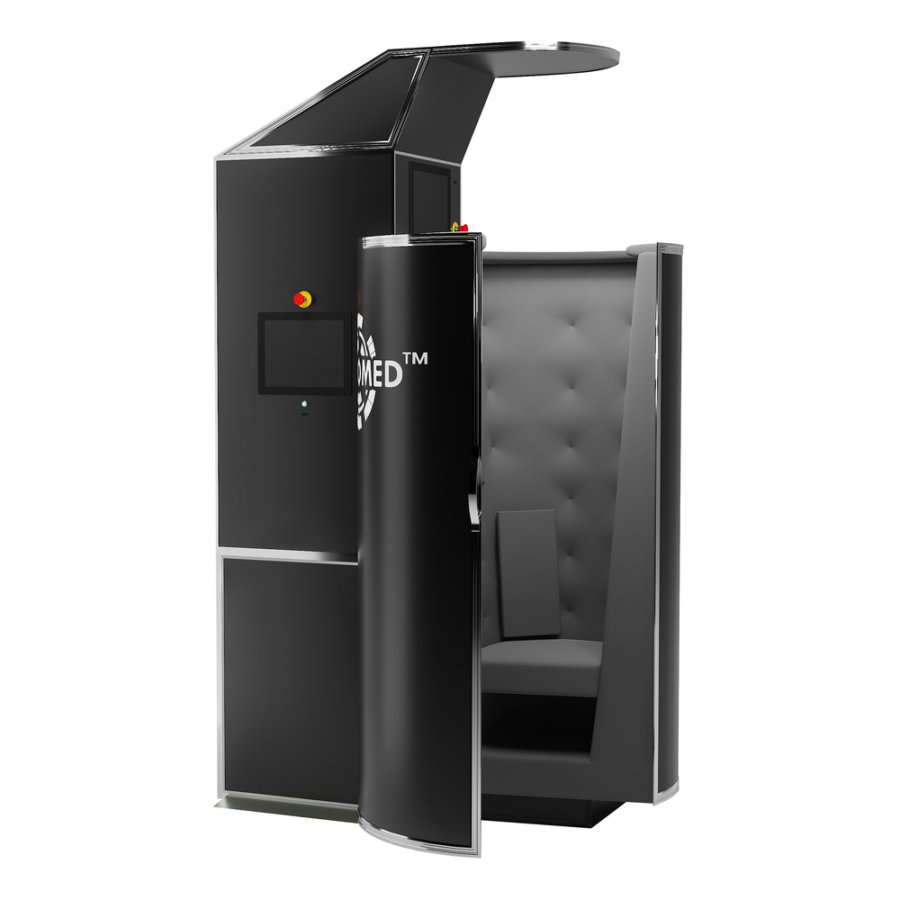

Equipamento de crioterapia
We have been producing cryotherapy equipment since 2002. The experience we have accumulated over time helps to make our products efficient and safe. We are constantly working on their improvement by implementing new technologies and cryo innovations.
That is why customers all over the world, including professional athletes and celebrities, choose our cryo equipment. Our products have all the necessary certificates of conformity to EU standards.
Quality and Certificates




Este certificado atesta que os equipamentos da Cryomed estão em conformidade com os padrões de saúde, segurança e proteção ambiental aprovados pela União Europeia. No nosso caso, não se trata de uma autocertificação, mas sim de um certificado emitido por um organismo notificado com base nos resultados dos testes. Nosso certificado também lista as diretivas CE aplicáveis.
O Certificado de Conformidade é acompanhado de marcação CE obrigatória.
Cryomed Cryotherapy Equipment: Customer Reviews
General Questions & Checklists
Research scientists expounded the phenomenon about the impact of cryotherapy and how does it really works. It turns out to be that the cryotherapeutic procedure of cooling the patient’s body surface itself does not extend the curative effect, but the therapeutic and regenerative mechanisms, which it triggers, in the human body.
It should be understood that during the cryotherapeutic treatment, the temperature of the mixture of nitrogen vapor and air surrounding the human body, reaches -150 to -180°C, whereas the skin temperature is brought down to the levels of + 5 to +12 °C. Upon exposure to cold stressful effect, the body stimulates the regenerative mechanisms, and fully activates the immune system. Anesthetics such as endorphins are released into the blood, and the activity of inflammatory mediators i.e. histamine and serotonin falls.
So, in general, cryotherapy works as a reducer of sensitivity of skin receptors and conductivity of nerve fibers, and results in noticeable anesthetic effect.

The studies have shown that the most important result of cryogenic therapy in cryosaunas or other devices is the development and training of immune system. To be precise, the improved immune system ensures progress in the treatment of many diseases. A combination of the main technological parameters of the procedure that includes the gas temperature, the cooling time and the area of skin that comes in contact with cryogenic gas, creates an environment, in which, the body independently identifies and eliminates the disorders that caused the disease.
That is to say, these are the causes, but not the symptoms that we often get away when using the conventional therapies. A person freely overcomes the illness and prevents the possibility of its recurrence forever.
Cryotherapy is safe so one can do it on a daily basis. The answer to the question “How often can I use a cryosauna?” depends on your personal needs. But consistency is the key! Here some recommendations about the frequency of cryotherapy sessions.
How often should you do whole body cryotherapy?
- For immune system boost:
You should use cryosauna 1-2 sessions per week. - For weight loss:
You should take cryo procedures for weight loss 2-5 times per week. - For sports and fitness recovery:
You should do cryotherapy 2-3 sessions per week. - For athletes, professional sportsmans recovery:
You should get cryotherapy sessions 2-5 times per week. - For injury recovery, surgery recovery, chronic illness:
You should get 3-5 cryotherapy sessions per week.
When you should not get cryotherapy sessions?
There are some general indications and contraindications for the use of cryotherapy. What are the main ones?
Main cryotherapy indications
- rheumatology and vertrbology;
- repatology;
- neurology;
- cosmetology;
- sexology and urology;
- endocrinology;
- pulmonology;
- cardiology;
- dermatology;
- orthopedics and traumatology;
- sports medicine, ect.
Main cryotherapy contraindications
- general grave conditions of the patient;
- decompensation of chronic cardiovascular diseases;
- acute myocardial infarction and rehabilitation period after the infarction;
- celebrate strokes;
- stage II essential hypertension;
- stage II cardiac insufficiency;
- prognostically unfavorable heart rate and conduction disorders;
- fever;
- pulmonary tuberculosis in active form;- malignant growths;
- hemorrhagic diathesis;
- hysterical neurosis;
- individual cold intolerance;
- pregnancy;
- age under 10 years.

So, how often do you do cryotherapy and cryo treatment now and do you need to increase your cryotherapy frequency for the best results? Of course, you can get benefits from just one session, but on the average it is recommended to have up to 3 minutes of cryosauna 1-5 times a week. Much like anything else, the answer is largely dependent on your desired results and how new you are to the therapy. Professional athletes, for example, can get cryotherapy sessions several times during each game.
If you want to get cryotherapy for weight loss, for warts, or for any specific problem, you should consult a doctor first. Sometimes even a minimal number of sessions can have a positive effect.

Whole body cryotherapy is very different from ice bath.
In cryotherapy dry rush of cold air is used instead of cold water, causing the body to respond to triggered cold sensors in the skin’s surface instead of the deeply penetrating cold of the ice bath.
In a traditional ice bath cold water causes the body to warm blood in its core to transport to dilated vessels in outer tissue, forcing the body to overexert itself in preventing the skin’s surface from freezing.
While in an ice bath your body actually feels like it’s freezing, the main cryotherapy benefit is that it “tricks” the body into applying better healing mechanisms without the penetrating cold.
The result is a more comfortable healing experience where the total time your body is exposed to air in the whole body cryotherapy session is never more than 3 minutes.
In addition, one cryotherapy course (10-20 sessions) match up from 2 to 3 years of ice bathing.
CryomedPro
A cryotherapy chamber is a chamber (fixed or transportable) which is used for whole-body cryotherapy procedures. The main difference between cryo chamber and cryosauna is that a cryotherapy chamber is a closed space where several patients can be treated at the same time. While cryosauna is a single person cryotherapy device with the head outside the machine.
Fixed cryotherapy chamber
This is a chamber for the whole-body therapy which is built to fit into a building. This model is often used for in-house patients due to restriction in movement or in different amusement centres like water parks or spa centres. The internal walls of this chamber are made using wood pallets while the outside walls are done using thermal insulators to control temperatures. The size of this chamber is determined to base on the number of people who can use it.

Transportable cryotherapy chamber
It is a portable chamber that can be installed or detached when needed. The main reason for such an arrangement is the size of the chambers or the frequency it is needed. It is much bigger than the fixed cryotherapy chambers as it needs enough space to accommodate a changing room and a set-up area.
What to choose – cryotherapy chamber or cryosauna?
Your choice may be due to the following factors:
- size and dimensions – cryosaunas much more compact than cryo chambers;
- nitrogen consumption – in cryo chamber nitrogen consumption is higher because of its bigger size;
- patient’s comfort – in cryosauna the patient’s head is outside the cold zone. In cryo chamber patient is totally in the cold zone, several patients can be treated at the same time;
- needed temperature: in cryo chamber temperature reaches not more than -120°C, in cryosauna – up to -170°C.
Cryotherapy machine is an equipment used for whole-body cryotherapy. Also called cryosauna (cryo cabin) or cryo chamber. Read about the differences between cryosauna and cryo chamber here.
The principle of work of a cryotherapy machine

Cryotherapy machines work with the use of liquid nitrogen which is plumbed into it from a liquid nitrogen dewar.
Liquid nitrogen is nitrogen in a liquid state at low temperature (−195.79 °C or −320 °F). It is produced industrially by fractional distillation of liquid air. It is a colourless, low viscosity liquid that is widely used as a coolant. Its ability to maintain temperatures far below the freezing point of water makes it extremely useful in a wide range of applications, primarily as an open-cycle refrigerant.
Read more about Liquid nitrogen on Wikipedia
78% of the air we breathe consists of nitrogen, which isn’t dangerous itself. But good ventilation is required for cryotherapy centres conducting a lot of procedures per day. In the small and bad ventilated room the oxygen content can fall below 20% (by volume) and sooner or later it can cause tangible discomfort or even loss of consciousness.
During the cryo session, individuals are required to wear basic protective clothing to prevent cold-related injuries: dry socks and slippers, shorts for males and a combination of shorts and a top for females. The influence of extremely cold temperatures produced by cryotherapy machines is still being researched, but most results reveal a more pronounced stimulation effect of whole body cryotherapy than that of its localized version.
What kind of cryotherapy machines (cryosaunas) are?
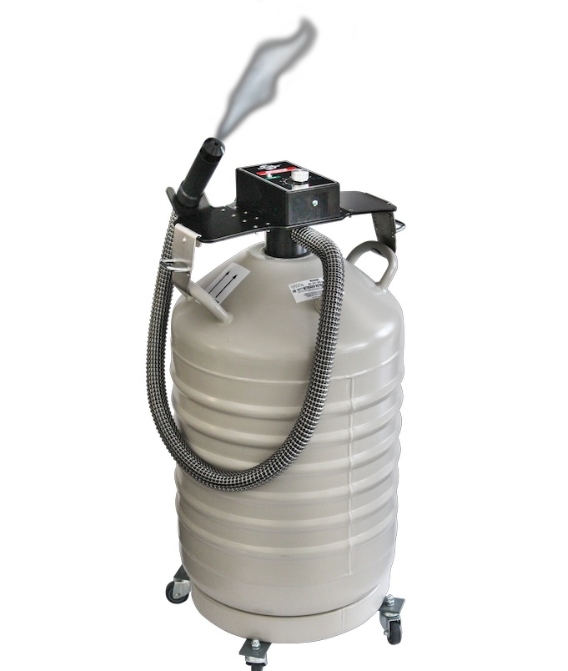
There are two options for nitrogen feed for cryotherapy machines: from non-pressurized Dewar tanks or from bigger pressurized containers. Non-pressurized Dewar tanks are smaller and easier to handle, pressurized tanks are heavier and bigger, but money-saving. You can read about all features of these two types of nitrogen feed here.
The majority of today’s cryotherapy machines are made with comfort in mind, which includes soft cushioning in the interior, advanced security features, wireless controls, touch-sensitive information displays, and even a built-in audio system.
The price of cryotherapy machines depends on the additional features and its options.
Here are the most popular models of Cryomed cryosaunas:
- Cryomed Pro – our flagship model.
- Cryomed One – a compact device for whole-body cryotherapy.
- Cryomed Basic – is an affordable version of our flagship Cryomed Pro.
- Cryomed Mini – a plain and affordable version of Cryomed One.




